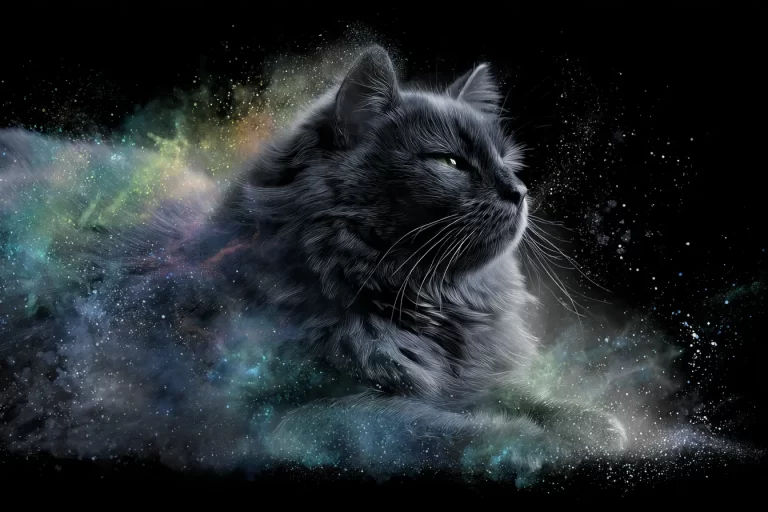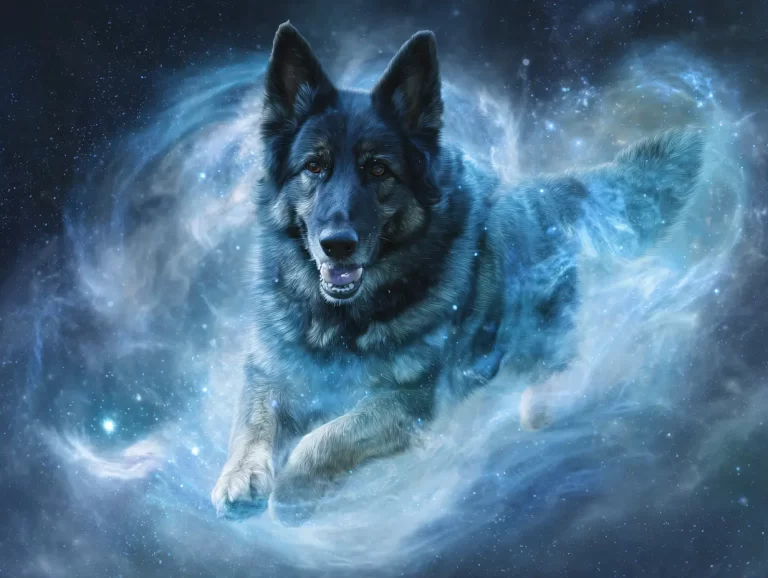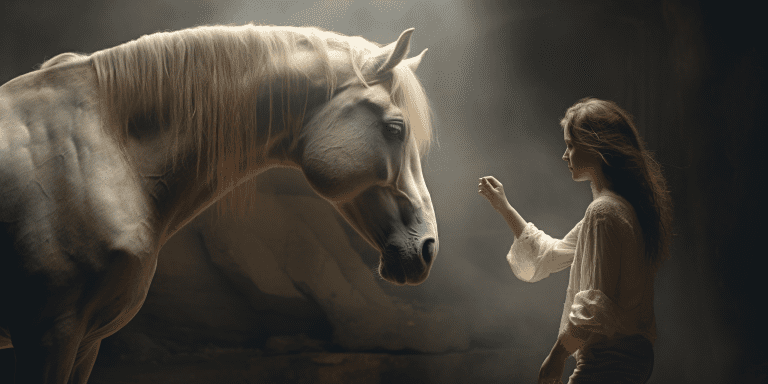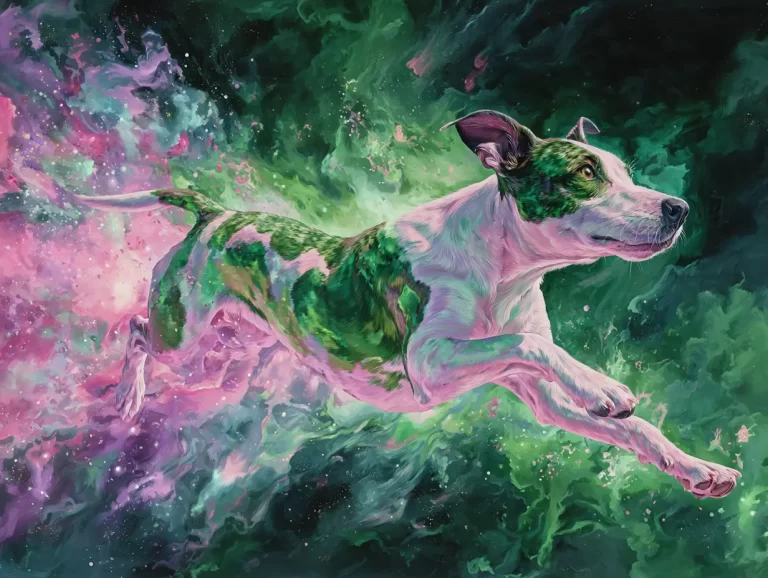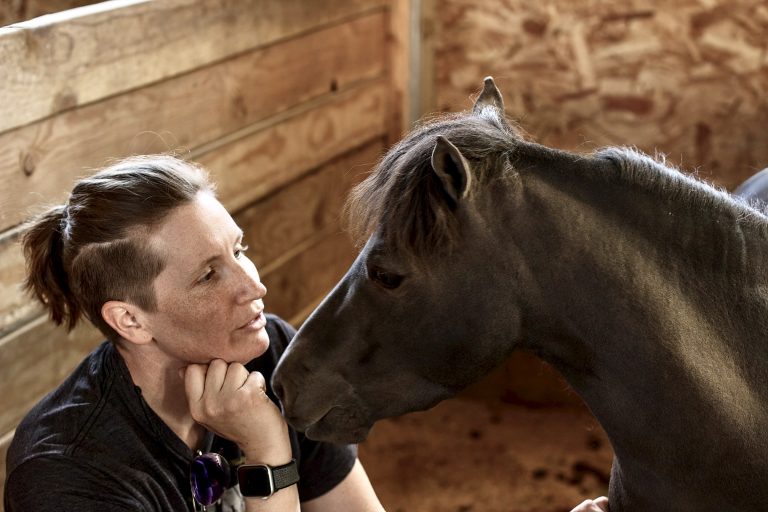Tom Dorrance: The Horse Whisperer Who Changed Animal Communication Forever
One of the first books I read on “doing things a different way” was Tom Dorrance’s book True Unity. I remember being surprised at the age of his writing, because such soft-spoken, horse whisperer methods were still relatively unheard of.
Although he was a quiet man, I’m so glad he had others around him to share his wisdom and carry forward his methods. May his legacy remain as that of doing better by our beautiful, talkative equines!

Table of Contents
Early Life & Philosophy
Tom Dorrance (May 11, 1910 – June 11, 2003) was raised on an Oregon cattle ranch steeped in the Great Basin “buckaroo” tradition. Decades before “resistance-free” or “natural” horsemanship became mainstream, Tom and his brother Bill were quietly pioneering methods rooted in empathy, feel, and mutual respect.
He embraced the principle that horses are emotional and intelligent beings: “The horse is never wrong,” Tom insisted, “I try to feel what the horse is feeling and operate from where the horse is”. In his own words:
“Everything I know, I learned from a horse.”
Quiet Influence & Horse Whisperer Disciples
Far from seeking fame, Tom described himself often as a shy cowboy uncomfortable with attention. Nevertheless, his gentle, observant approach sparked a quiet revolution.
- Ray Hunt, who traveled Tom’s method to audiences worldwide, calling his mentor “horse’s lawyer” for always taking the horse’s side
- Buck Brannaman, Greg Ward, Pat Parelli, Dr. Robert M. Miller, and Sheila Varian are among the many trainers who carry forward Tom’s core teachings
Legendary Stories & Teachings
- At the 25 Ranch in Nevada, Tom famously “took over the rough string” and instantly, each bucking or unpredictable horse calmed. Greg Ward recalls Tom sitting alone in the round pen, surrounded by loose yearlings lined up like soldiers. When offered lunch, Tom stayed: “I want to stay here and talk with these fellows.”
- In one clinic tale reported by Equus Magazine, Tom solved chaos in a branding event, expertly roping calves on an untrained horse and handling the unpredictable herd without force, thus demonstrating that true leadership comes from intent, clarity, and feel, not domination .
Communication Through Feel & Observation
Tom’s core skill was a subtler kind of communication—what he described as “feel”: acute sensitivity to the horse’s body, posture, energy, and mind. He taught that tiny shifts in a rider’s balance or stance could direct a horse’s feet, and in turn, unlock its mind.
One clinic story captures his style: a tarp was placed in the round pen to create discomfort and hesitation. Rather than pushing the horse through, Tom quietly guided it, with precise adjustments, until it traversed the tarp calmly. This reinforced how moving the feet could free the brain .
Concrete In Exercise & Writings
Tom shared his insights through stories and brief lessons rather than structured training manuals. His philosophy is best captured in True Unity: Willing Communication Between Horse & Human and echoed through Bill’s True Horsemanship Through Feel.
In clinics, Tom would often just sit on a camp chair, silently observing, letting the horse learn through presence and nonverbal dialogue. You’ll find anecdotes of him tossing pebbles to teach a colt to stand quietly, a lesson in environmental communication that transcended force .
Tom in His Own Words
“This is not magic—it is reality.”
“What happened, before what happened happened?” (Bill and Tom coined this to encourage awareness of subtle precursors in communication)
In an exchange years later, Tom reflected:
“Perhaps it might be better to hear about me than to find me.”
— reminding others that discovery comes from personal exploration, not hero worship.
The Essence of Dorrance’s Communication
Tom’s gift wasn’t merely technique… it was empathic insight. He “could see out their eyes and feel with their feet”. He trusted that horses are intelligent, emotional beings, and that genuine connection required listening, not forcing. As he put it:
“I try to feel what the horse is feeling and operate from where the horse is.

Legacy & Broader Influence
- Dr. Robert M. Miller (1927–2024), a disciple of Tom and Bill, became known for his imprint training of foals. He credited the Dorrances for shaping his belief in relational horsemanship, early bonding and non-coercive interaction with young horses. These continue to be standards today.
- The wider natural horsemanship movement, including clinicians like Parelli and trainers on the performance circuit, owes a great debt to Tom’s belief that working with horses starts with genuine engagement, not dominance. He truly ignited the horse whisperer movement!
Influence on Modern Trainers
Ray Hunt
- Ray, perhaps Tom’s most famous protégé, traveled the country teaching Tom’s principles as the “horse’s lawyer”: always advocating for the horse.
Buck Brannaman
- Buck Brannaman adopted Tom’s “soft feel” approach, highlighting that real connection comes through trust and respectful presence.
Craig Johnson
- A multi-time world champion in reining, he credits Tom’s emphasis on feel and breaking tasks into measurable, horse-centered steps:“He changed how I think… the connection between a horse’s feet and brain is incredible.”
Sheila Varian
- Arabian breeder Sheila Varian has acknowledged Tom’s impact, blending feel and intuition in her renowned Arabian program

Many Others
- Authors and clinicians have highlighted transformative breakthroughs experienced by trainers and riders inspired by Tom. Eclectic Horseman recalls Jan Leitschuh, whose life and work gained fresh perspective through him and many others who speak of “rearranged perspectives” shifting their approach to horses, and life.
The Dorrance Horse Whisperer Genius
Tom Dorrance’s genius lay in genuine, empathetic engagement, a listening that honored the horse’s own intelligence. He shifted training from force to feel, from reacting to reading, and from “you vs. me” to “we together.”
His legacy lives on through his teachings, his silence, and the generations of horsemen who learned, not by mimicking, but by observing with intention.
Tom Dorrance taught us two transformative truths:
- Communication is a two-way street—listening and understanding hold more power than commands.
- Empathy transcends gender—his gift empowered diverse trainers, showing that true horsemanship is about connection, not control.
From world-class competitors to backyard riders, Tom’s approach lives on: an enduring reminder that animal communication begins with presence, empathy, and letting the horse teach us.

